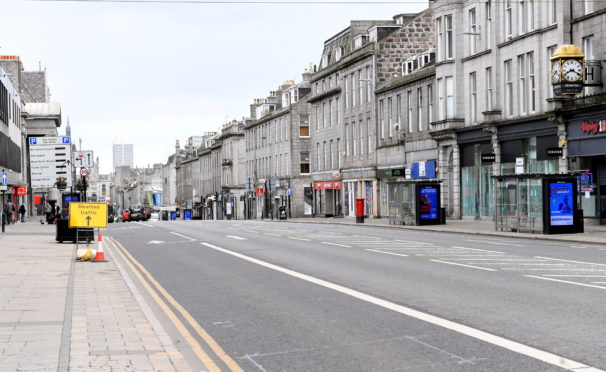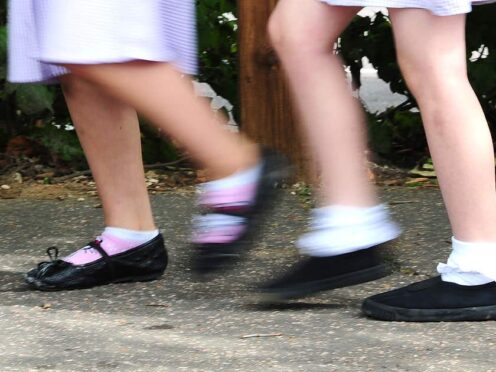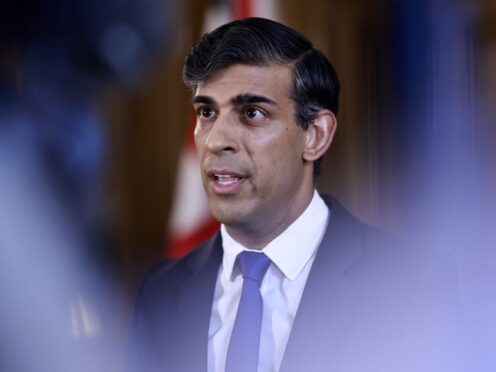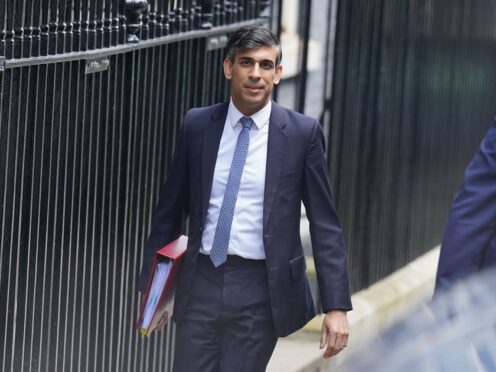Releasing 20 to 30-year-olds who no longer live with their parents could provide an exit from Britain’s coronavirus lockdown, ministers have been told.
The strategy could help policymakers to balance the health risks associated with the virus and the need to avoid an “extraordinary recession”.
The UK is now in its third week of lockdown, as officials aim to curb the spread of Covid-19 and prevent the NHS being overwhelmed.
A new briefing paper, the case for releasing the young from lockdown, by experts at the University of Warwick and Warwick Business School, suggests releasing young people is the best approach to eventually lifting the lockdown.
Older people tend to be more susceptible to severe cases of the virus.
Data from the Office for National Statistics and the Annual Population Survey suggest this could allow 4.2 million young adults to resume their daily lives.
Of those, 2.6 million work in the private sector and are more likely to lose their jobs or income during a prolonged lockdown.
Releasing them to resume work would allow them to fulfil vital roles in the UK’s transport and delivery network, or open small businesses to stimulate the economy, researchers say.
Preventing half of young private sector workers from losing their jobs could generate an additional £13 billion a year for the economy, they add.
The release would, however, be on the strict proviso that “they would avoid all other older adults”.
Andrew Oswald, professor of economics and behavioural science at the University of Warwick, said: “The rationale for lockdown is to save lives in the short to medium term.
“However, severe damage is being done to the economy, future incomes, unemployment rates, levels of national debt, and the freedoms we enjoy as a modern society.
“Before long, some balance will have to be struck.”
The experts warned that young adults could become increasingly restless and flout the lockdown restrictions, creating a domino effect that undermines public safety.
However, they also identified several challenges associated with releasing this age group.
Though young adults are statistically less likely to die from coronavirus or develop severe symptoms, the researchers calculated that this policy could result in an estimated 630 extra premature deaths.
Researchers add that the government would also have to communicate the rationale for the age restrictions clearly, in order to minimise resentment, and police officers would have to enforce them.
Antibody testing could eventually identify those who had already recovered from coronavirus, offering older adults hope for resuming normal life in the future through staged release.
Nick Powdthavee, professor of behavioural economics at Warwick Business School, said: “We support the existing lockdown strategy, but in the future it will be necessary to allow citizens to go back to some kind of normal life.
“Unless a vaccine is suddenly discovered there are no risk-free or painless ways forward.
“If this policy were enacted, there would still be tragic cases and some pressure on the NHS, but the effects would be far smaller than if the wider population were released.”










